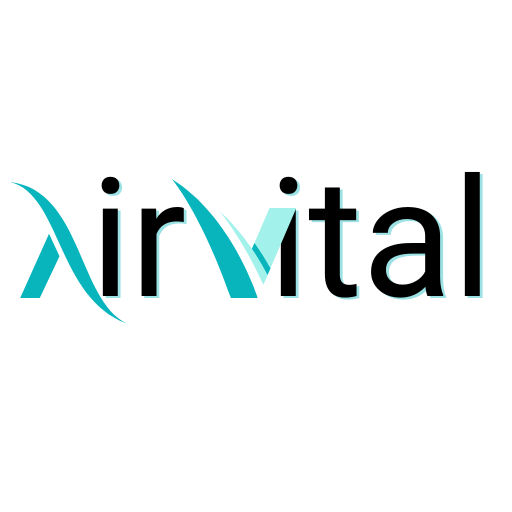
Breathing through the nose or mouth: which is the ideal method for an athlete?
Introduction: A key question for athletes
Breathing is such a natural action that we often forget to ask ourselves if we are doing it correctly. Yet for athletes, the way we breathe can make the difference between achieving a new record or suffering premature fatigue.
Many people wonder: is it better to breathe through your nose or your mouth during physical exercise? Opinions differ, and the answer is not always obvious. While breathing through your nose is often associated with better overall health, breathing through your mouth seems instinctive in situations of intense effort. So, which method should you use to optimize your sports performance while protecting your health?
In this article, we untangle the pros and cons of each approach and explore how to tailor them to your specific needs.

Nasal breathing: a natural and powerful method
1. Why breathing through the nose is essential for the body
Breathing through the nose is nature's method for our survival. It offers many physiological benefits that support physical exertion and overall well-being.
-
Air filtration and purification:
The hairs and mucous membranes in the nostrils capture particles, pollutants and bacteria from the air. This protects the lungs and reduces the risk of respiratory irritation or infections. -
Humidification and warming:
Air inhaled through the nose is warmed and humidified before reaching the lungs, preventing thermal shock and making breathing more comfortable, especially in cold or dry environments. -
Deep breathing:
Nasal breathing mobilizes the diaphragm, allowing for optimal gas exchange in the lungs. The result: better oxygenation of the blood and muscles. -
Nitric Oxide Stimulation:
Breathing through the nose stimulates the production of nitric oxide, a molecule that dilates blood vessels, improving circulation and respiratory efficiency.
2. The limits of nasal breathing during intense effort
However, breathing through the nose can become difficult during very intense efforts:
- The nasal passages can restrict airflow when oxygen demands increase rapidly.
- People with nasal congestion or allergies may find this method uncomfortable or ineffective.

To overcome these limitations, solutions such as magnetic nasal strips help widen the airways, facilitating optimal nasal breathing, even during sustained effort.
Mouth breathing: an instinctive but imperfect solution
1. The benefits of mouth breathing
Breathing through the mouth is often seen as a natural response during intense effort or sprinting. This method has some advantages in specific situations:
-
Increased airflow:
The mouth provides a wider opening than the nose, allowing rapid intake of oxygen when muscles urgently need it. -
Solution for nasal congestion:
When the nose is congested, breathing through the mouth becomes an immediate and accessible alternative.

2. Disadvantages of mouth breathing
However, this method is far from ideal for prolonged use:
-
Unfiltered air:
Air inhaled through the mouth is neither filtered nor humidified, which can lead to respiratory irritation and increase the risk of infections. -
Shallow breathing:
Mouth breathing primarily engages the upper lungs, limiting oxygen supply to the muscles. This can accelerate fatigue. -
Increased dehydration:
Breathing through your mouth causes rapid loss of moisture, which can cause dry mouth and further dehydration.
Detailed comparison: Nasal vs. mouth breathing
| Criteria | Breathing through the nose | Mouth breathing |
|---|---|---|
| Air quality | Filtered, humidified, heated | Unfiltered, raw |
| Oxygen efficiency | Deep and complete breathing | Shallow breathing |
| Comfort in endurance | Ideal for moderate and long efforts | Suitable for very intense efforts |
| Respiratory health | Protects the lungs and airways | Increased risk of irritation and disease |
Which method should you use depending on your sport?
1. Endurance sports (running, cycling, swimming)
- Nasal breathing is ideal because it optimizes endurance and reduces muscle fatigue.
- In case of increasing intensity, a nose + mouth combination may be considered temporarily.
2. Explosive sports (sprinting, weightlifting, crossfit)
- During short but intense efforts, mouth breathing can help meet oxygen needs.
- However, recovery between sets should focus on nasal breathing to calm the heart rate.
3. In recovery and at rest
- Nasal breathing is essential to restore the body's balance after exercise, thanks to its calming effect on the nervous system.
Conclusion: Make your breathing an ally for your performance
Both nasal and mouth breathing have their uses, but the former is generally more beneficial for long-term health and performance. Breathing through the nose provides better oxygenation, protects the lungs, and promotes lasting endurance.


To facilitate this method, even during sustained efforts, our magnetic nasal strip is a simple and innovative solution. It helps maintain open airways, immediately improving your comfort and performance.






